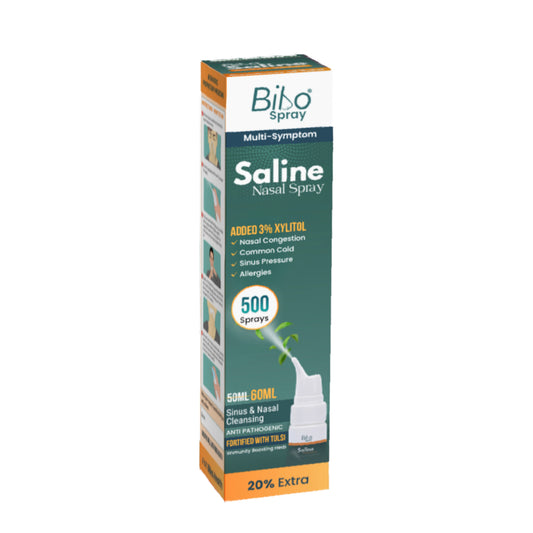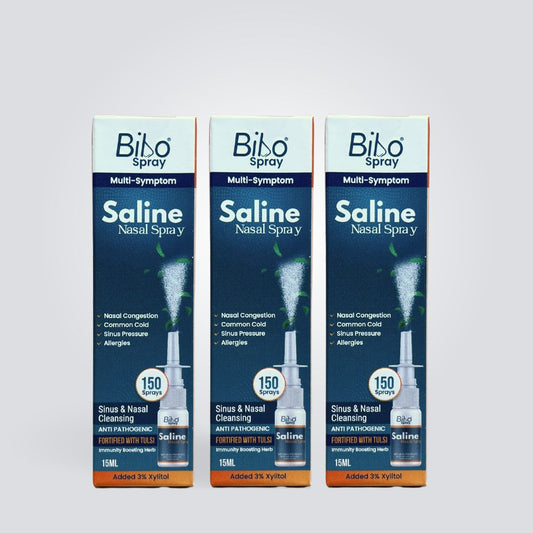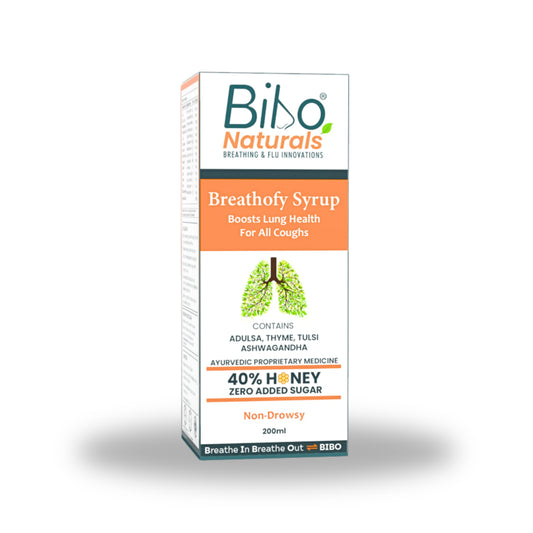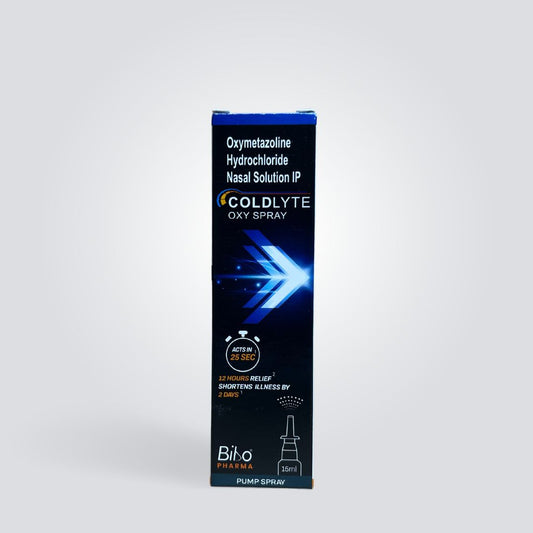Firecrackers symbolize happiness, victory and good luck. All around the world, people burst firecrackers on many occasions, including Diwali, Independence Day, New Year, Christmas, Birthdays, and many others. In India, Diwali, which is a festival of lights is also considered to be a festival of firecrackers. The peak time for burning these firecrackers is generally during the night as they look mesmerizing in the dark sky.
People of all age groups burn firecrackers to show their excitement and happiness for the day. They would buy a variety of crackers including sparklers (fuljhadi), ground spinners (chakri), flower pots, atom bombs, lakshmi bombs, a string of thousand crackers (ladi), rockets, poppers and snakes, aerial repeaters, and a lot more.
While some people would prefer burning colourful crackers like sparklers, ground spinners and flower pots which produce minimal to negligible noise, others would go for the noisiest crackers like a string of thousand crackers, rockers, atom bombs, aerial repeaters, etc. Even the younger kids (2-5 years) who cannot burn the massive crackers are seen with cracker guns enjoying the festival.
The noise produced by some firecrackers is so loud that people sitting on the same bed or sofa cannot hear each other's voices.
A few years back from now, nearly everyone would burn firecrackers for a few days and on the day of Diwali it would continue the entire day and probably till 3 or 4 at night, but with time, people have reduced it and the firecrackers go silent by 12 in the midnight. This is mainly due to the increased air and noise pollution caused by these crackers.
We all know firecrackers contain gunpowder (explosive compounds). This gunpowder is chemically made of aluminium, sulphur, barium, potassium, nitrates, and some heavy metals.
These metals and elements are toxic. They also increase the particulate matter (PM 2.5) concentration in the air which may cause breathing problems.
PM2.5 can easily reach deep down the respiratory tract and reach the lungs. Exposure to these fine particles may cause short-term health effects such as irritation in the eyes, nose, throat, and lungs, sneezing, coughing, runny nose and shortness of breath. They may also worsen conditions like asthma and heart disease. The elderly, children and people with breathing and heart problems may be more sensitive to these PM2.5 particles.
PM2.5 reduces the air quality and creates a thick smoggy layer in the air which is considered harmful.
A study was done in 2016, to calculate the level of PM2.5 from the six most commonly used firecracker types in India. It was shown that among the most commonly used firecrackers, snake tablets burnt for 3 minutes released the highest amount of PM2.5 (64,500 µg/m3).
Garland of 1000 sounding crackers burnt for 6 minutes released air pollutants of PM2.5 38,540 µg/m3, while pulpul released 28,950 µg/m3 (burnt for 3 minutes), sparklers 10,390 µg/m3 (for 2 minutes), ground spinners 9,490 µg/m3 (for 5 minutes) and flower pot 4,860 µg/m3 (for 3 minutes).
Note: Many studies have shown that a PM2.5 at or below 12 µg/m3 is considered safe but if the PM2.5 increases to 35 µg/m3 or above (during 24 hours), it is considered unhealthy and may cause respiratory illness.
What can be done?

Though air pollution is increasing, we can still take little steps to keep ourselves healthy.
- Give rest to your vehicles whenever possible
It is good to take a walk than take your vehicle for a shorter distance, like the nearby grocery shop or the salon.
- Wear a mask in polluted places
We are all inhaling very bad-quality of air. It is better to wear an N95 mask over a cloth mask in polluted places as it has high filtration efficiency to air pollutants.
- Do nasal irrigation and gargling daily
Practicing hygienic practices like nasal irrigation and gargling after coming home from work can help to remove the air pollutants and dust particles from the upper respiratory tract before they reach the airways and lungs.
- Regular exercise and follow a healthy diet
Doing some physical activity or exercise daily and following a healthy diet may help to improve immunity and lung function.
Diet for keeping lungs healthy-
- Avoid eating junk and fried foods, as regular consumption of these foods may reduce immunity.
- Include green leafy vegetables in your diet.
- Stay well hydrated.
- Consume foods that show anti-inflammatory properties, such as foods that are rich in-
- Vitamin C like lemon, orange, strawberry, papaya, kiwi, grapefruit, tomatoes, peppers, broccoli, cabbage, cauliflower, potatoes, etc.
- Magnesium like avocado, spinach, nuts and seeds, dark chocolate, beans, dried figs, papaya, berries, banana, guava, kiwi, grapefruit, etc.
- Calcium like dairy products like milk, yoghurt, and cheese; chia seeds, orange, almonds, figs, tofu, salmon, green leafy vegetables (broccoli, kale, spinach, turnip greens), fish, salmon, etc.
- Vitamin D like fatty fish, fish liver oil, mushrooms, spinach, beans, orange juice, soybeans, etc.
- Also, make sure you don’t burst too many crackers.
How BIBO helps!
Firecrackers are one of the reasons for air pollution, but not the only cause. People would not stop burning crackers on Diwali as it is a traditional practice. But, we can still take care of our lungs.
Fight against air pollutants with the Bibo pollution kit.
Not just during the festival season, but even on regular basis, we come across millions of air pollutants which are continuously compromising our lung function. We are all inhaling air pollutants regularly. Long-term exposure to these pollutants may cause irritation and inflammation in the respiratory tract which may eventually harm the lungs.
Bibo pollution kit may help to prevent the harmful effects of air pollution on the respiratory system. It contains 3 natural products
Breathofy Syrup
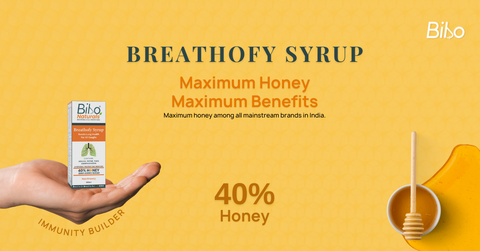
It is a lung supplement. With 15 natural ingredients, Breathofy syrup helps to improve immunity. It helps to reduce the inflammation and irritation caused by pollutants.
Saline Nasal Spray

It helps to keep the nasal mucosa moist and remove the air pollutants from the nasal cavity before it reaches the airways.
Breathe Blend

Breathe blend contains 5 premium essential oils that are beneficial for respiratory health. These oils help to reduce inflammation, itching, and shortness of breath caused by air pollution.
References:
- https://erj.ersjournals.com/content/48/suppl_60/PA3953
- https://www.sciencedirect.com/science/article/pii/S2405844019358621

